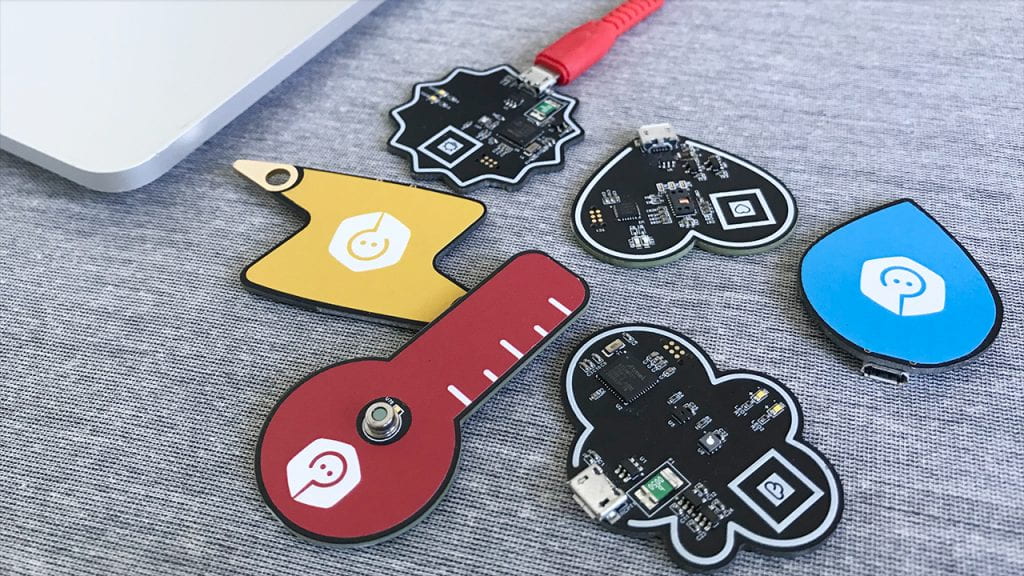Technology-enhanced learning: Create
Students consolidate what they have learned by articulating their current conceptual understanding and how they used it in practice.
When students actively engage in creating artefacts that demonstrate their understanding, they develop a range of skills that are part of the work-ready graduate profile. Students explore opportunities to model professional or vocational practices through digital tools. This allows them to replicate scholarly, professional or workplace practices based on authentic scenarios. These relevant learning experiences engage students with real-life issues that prepare them for lifelong learning and global citizenship.

The Graduate Profile 1 outlines capabilities that the University seeks to foster in all graduates, through the teaching and learning experiences of their programmes.
Critical thinking
Graduates are expected to be able to contest knowledge and practice, critically consider ideas, texts and research and think reflectively and reflexively.
Solution seeking
Graduates are expected to be able to apply theory, analysis, research and creative skills to solve problems and make reasoned decisions. They are expected to be able to consider historical, long-term and big picture perspectives, to systematically address complex problems and to be inventive in their solution seeking.
Communication and engagement
Graduates are expected to be able to receive and interpret information, express ideas and share knowledge with diverse audiences in a range of media and formats.
When students create learning artefacts, their process involves active and often social learning, which leads to student engagement with the learning process.
Small steps
Some steps that could enable students to make sense of a topic and make connections between the knowledge they’ve gained from teachers and peers could include:
- Enable students to create questions (and answers) using authoring tools such as PeerWise.
- Active learning through doing.
- Authentic work-integrated learning.
- Creating artefacts that effectively communicate ideas, information or concepts, e.g., infographics, mind maps, digital presentations or video.
Digital stories
Students (as individuals, pairs, or in groups) are provided with a scenario or case study which they must analyse. They prepare a 5-minute digital story that explains what the relevant issues are, including the stakeholders, the options, the impacts and consequences etc (as relevant to your discipline and context).
Infographic
When students are learning about processes or procedures; dealing with statistics, numbers, and dates; learning about complex ideas with interactions on different levels; or something similar, you can ask students to produce an infographic to explain, describe, and visualise this information.
One-minute paper
A formative assessment strategy where students are asked to take one minute (or more) to answer two questions: what was the most important thing they learned in class today, and what remains unclear to them? The one-minute paper provides a level of input and control to the students, encouraging motivation and active engagement.2
TEL in practice – create
Teaching Tip: Use Gen-AI to deepen learning and spark creativity
Dr Courtney Ruha (School of Chemical Sciences) helps students connect chemistry to real life through creative, collaborative group projects using generative AI.
Insights: Relationship-building by integrating Māori epistemologies into Chinese language education
Associate Professor Danping Wang uses relationship-building to transform the way languages are taught.
Insights: Designing with AI – reimagining architectural education
Can Gen-AI tools enhance architectural students' design process and critical thinking skills? Read on to find out.
The future is now: Embracing AI in digital marketing education
In their tech-infused courses, Patrick Dodd, Inna Piven, and Dr Shahper Richter, are shaping a digital marketing curriculum that aims to prepare students for an AI-centric future.
Page updated 08/08/2024 (stylistic changes)
- The University of Auckland. “Graduate Profiles.” Updated July 5, 2020. https://www.auckland.ac.nz/en/students/forms-policies-and-guidelines/student-policies-and-guidelines/graduate-profile.html. ↩
- Chizmar, John F., and Anthony L. Ostrosky. “The one-minute paper: Some empirical findings.” The Journal of Economic Education 29, no. 1 (1998): 3-10. DOI: 10.1080/00220489809596436. ↩




